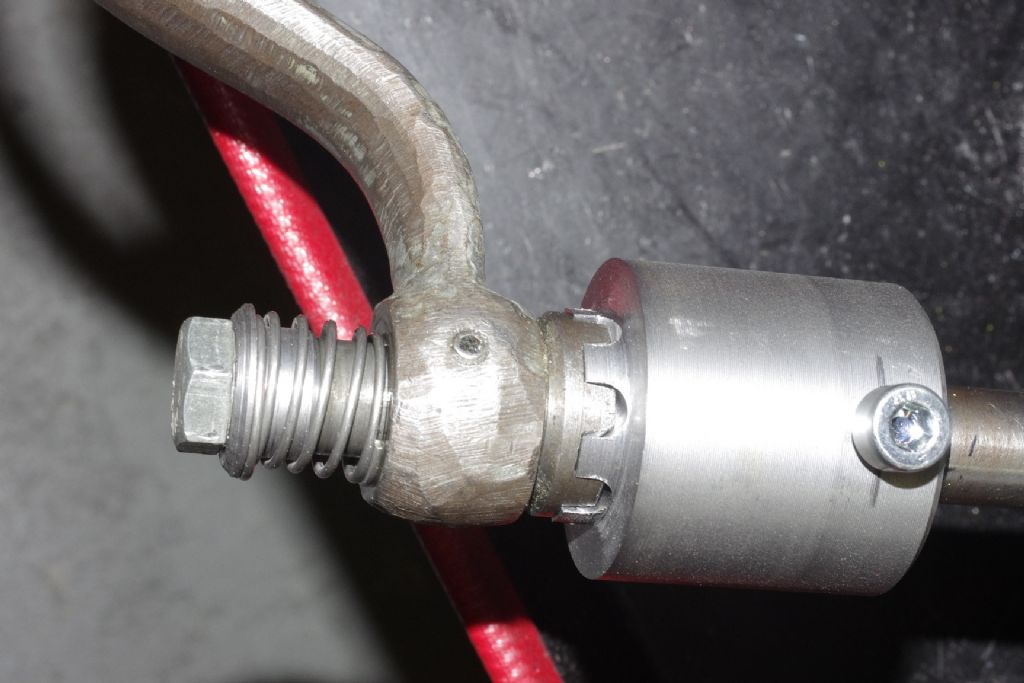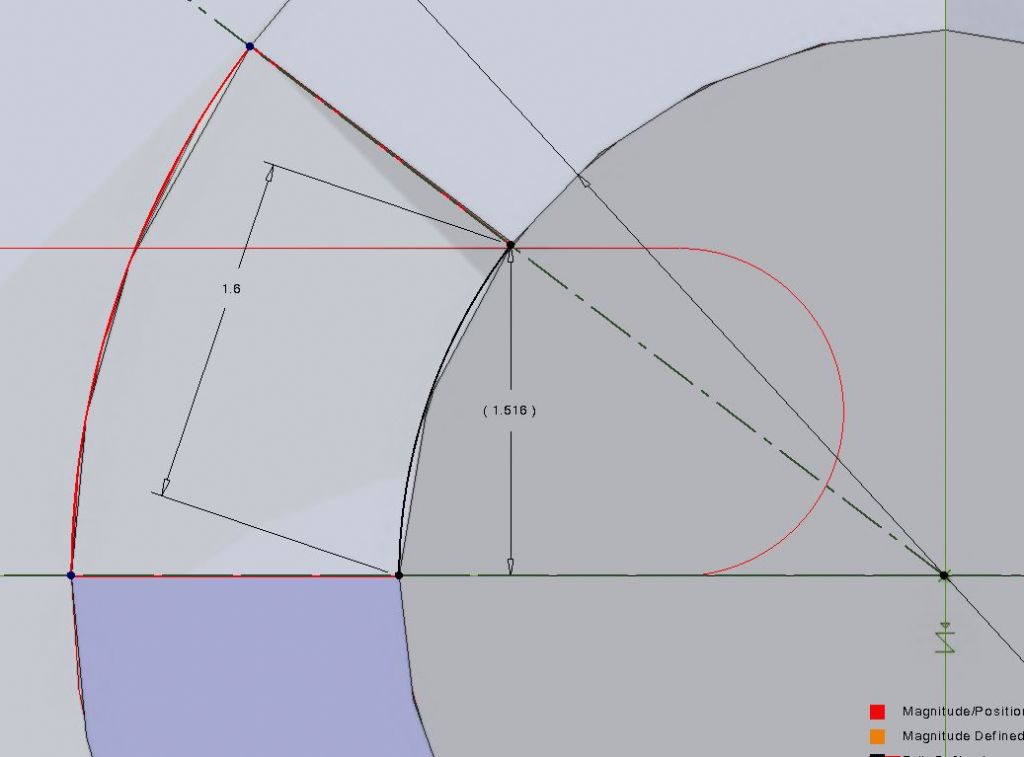All, my son was given an old – and very knackered – Schumacher R/C car to rebuild as an engineering project:

He's stripped it, and we've been making various parts like turnbuckles, a layshaft, spring perches, bushes etc., and bought a few parts too:

We are however stuck with the side plates for the ball differentials, two of which are cracked. A hardened washer fits on the non-drive side. They are apparently very rare and difficult to find in undamaged condition. They were available in aluminium as an extra cost option.


The problem is the castellated output ends. We turned up a test piece, and transferred the tapered tooth profiles onto the plain face with paint. Then used a razor saw to make vertical cuts, followed by a wood chisel to bend and chop the segments out. The output stubs are 8mm diameter, so filing to clean up is very difficult.

Obviously this gave an appalling result, but since it's aluminium, and the corresponding castellations on the output stubs fit (kind of), it will work. The differential halves are forced togeher with a screw and nut through the entire assembly, so the output stubs cannot fall off:

Question, is, how can we make a better job of these castellations? I can only think to buy a thin diamond wire, place it at the bottom of the cuts, and try to saw the cut-out bits across their bases. It would be a simple milling operation if the segments weren't tapered.
Any ideas? Thanks in advance.
DiogenesII.









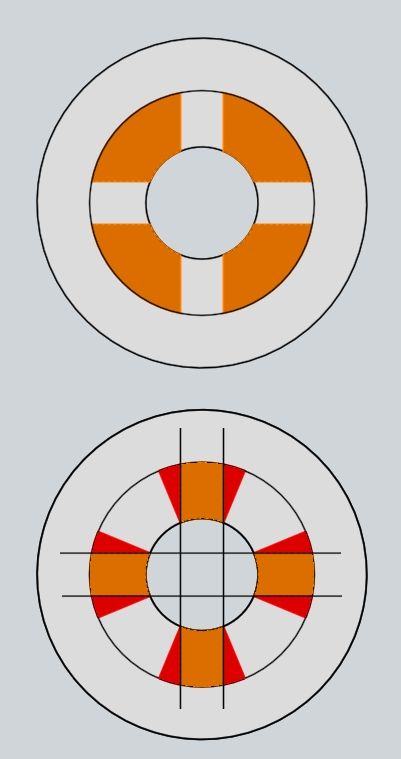

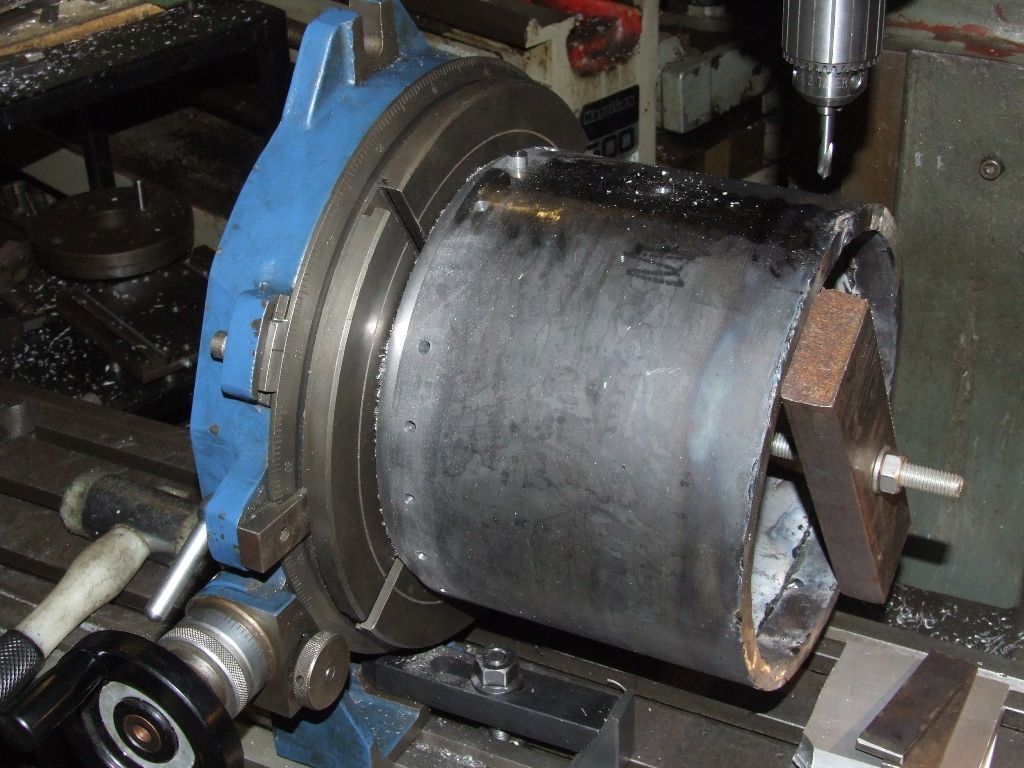

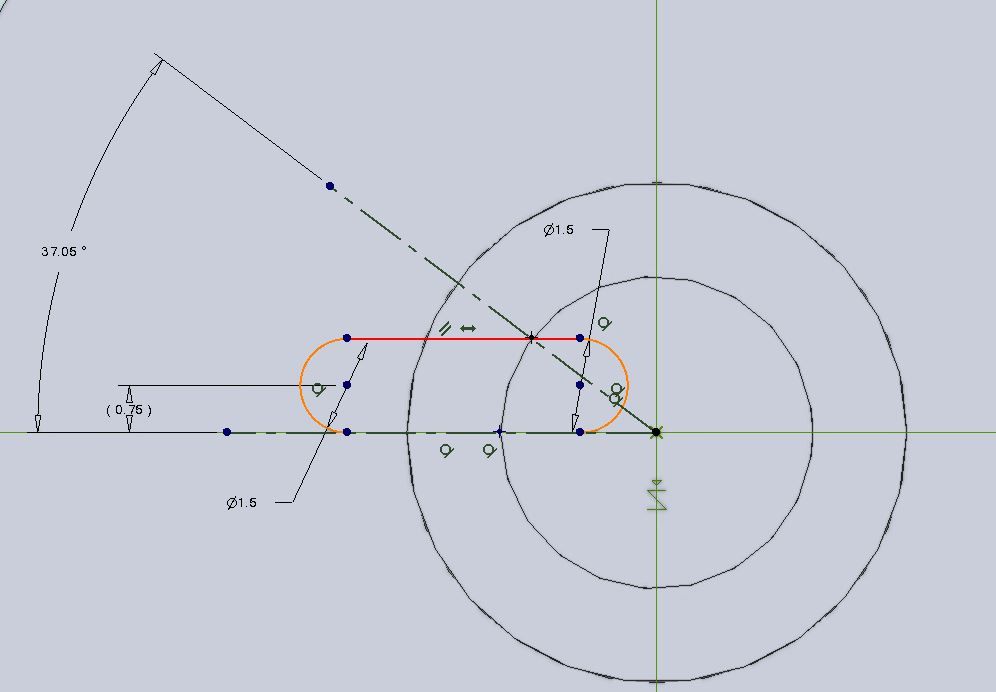
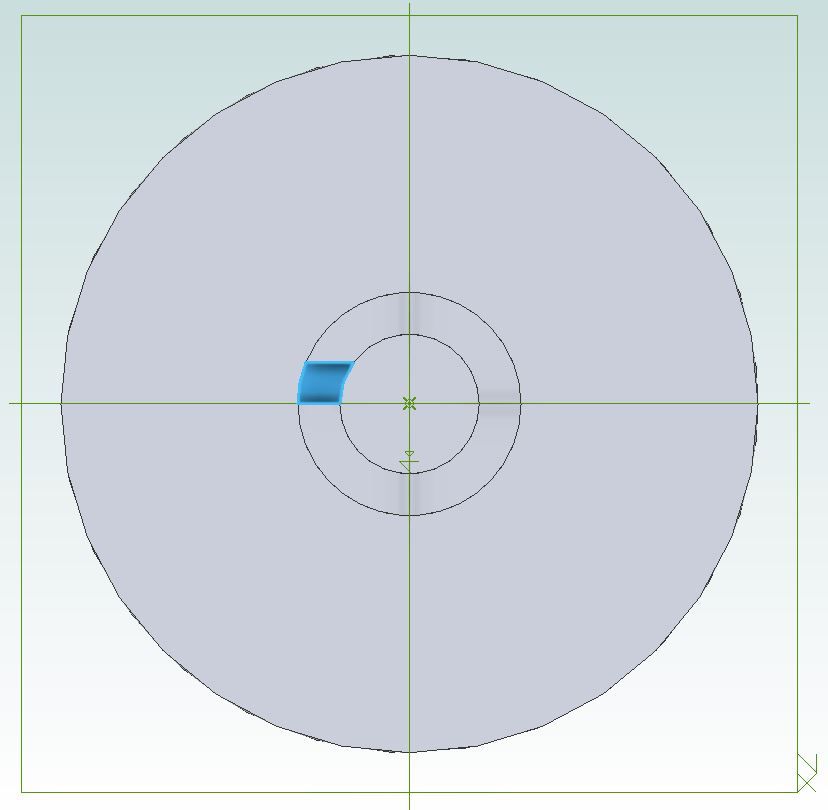

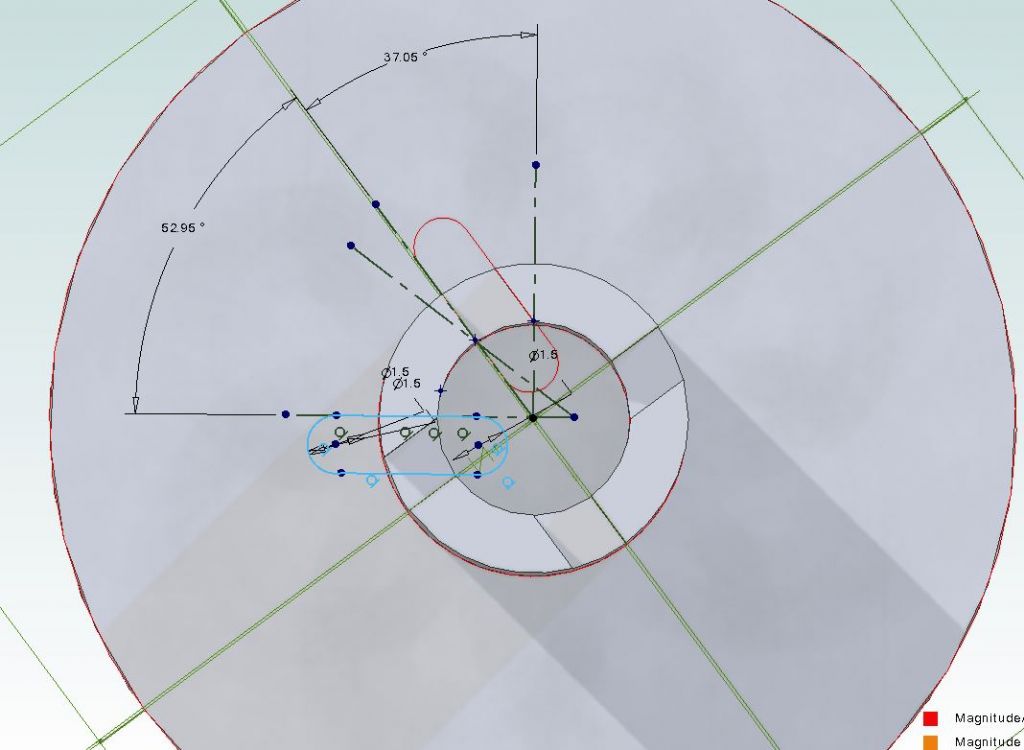
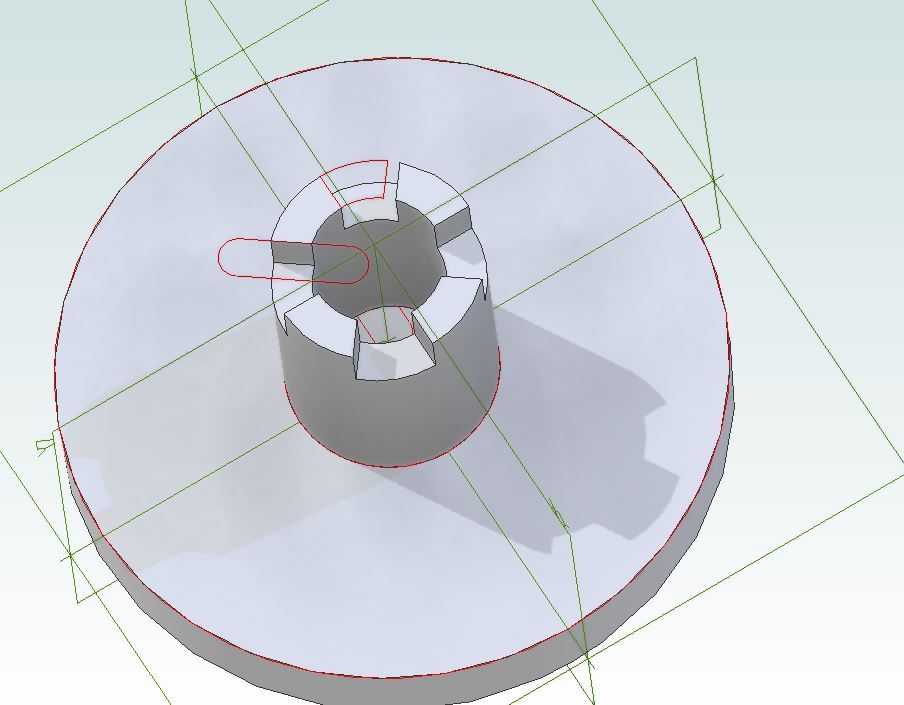
![20210811_163857[1].jpg 20210811_163857[1].jpg](/wp-content/uploads/sites/4/images/member_albums/44290/897780.jpg)
